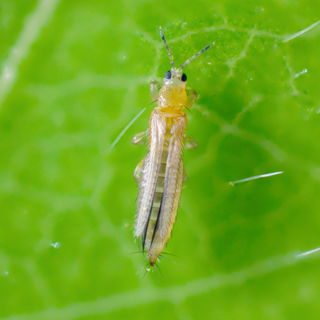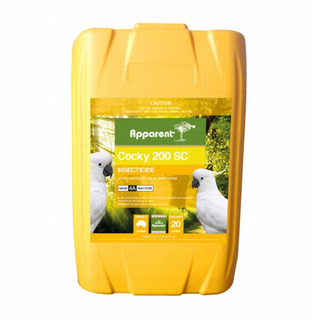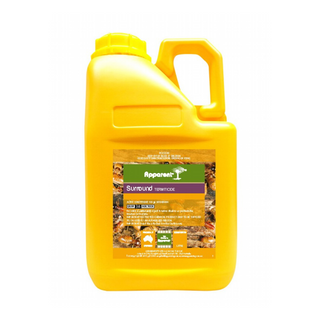Latin name: Scirtothrips dorsalis
Chilli thrips (Scirtothrips dorsalis) are found throughout the world and were first reported in north Western Australia about 20 years ago.
Chilli thrips are sap-sucking insects that can cause deformities in flowers, leaves, stems, and shoots.
Also known as strawberry, and tea thrips, chilli thrips feed on roses, all citrus and their hybrids, as well as a range of fruit and vegetable hosts.
Thrips are most active during spring, summer and autumn. In Perth, recent rainfall and humidity has created conditions that are conducive to chilli thrips, which feed on the sugars in new shoots.
In brief
Similar to: Western flower thrips (Frankliniella occidentalis), Plague thrips (Thrips imaginis)
Habitat: Deep in the flower or on the undersides of the leaves, and on the ground or lower leaves when pre-pupal or pupal stages
Hosts: Roses, all citrus and their hybrids, and a range of fruit and vegetable hosts
Monitoring: Look for chilli thrips when they are most active; in spring, summer and autumn
Damage: Distinctive brown scarring along the leaf veins, flower buds and the calyx or outer casing of fruit, light brown spots on leaves, curled and dried leaves, and deformed shoots or flowers
Lifecycle
The thrips lifecycle, comprising egg, larva, pre-pupa, pupa, and adult, lasts several weeks.
- Eggs are laid within plant tissues (eggs hatch more quickly in higher temperatures)
- Larvae emerge from the eggs feed on surrounding tissues
- Larvae fall to the ground or lower leaves when they reach the appropriate stage of development. They live there during the pre-pupal and pupal stages until a reproductive adult appears with fully developed wings.
Chilli thrips can have many generations in a single year and populations can build up over time.
Identification
- About two millimetres long
- Elongated, flat ‘torpedo’ shaped body
- Coloured pale or translucent to black
- Adult thrips have four feathery wings
- Very difficult to distinguish from other thrips species with the naked eye
Chilli thrips are difficult to see because they are small and hide deep in the flower or on the undersides of the leaves, which become silvery on the upper surface.
Damage
Thrips larvae feed on plant tissues and are responsible for the majority of plant damage.
- Early symptoms include a clear discoloration of the leaf with black dots (faecal secretions).
- Light brown spots on leaves, which may curl.
- In cases of very severe infestation, the leaves may entirely dry up.
- Wrinkled leaves with distinctive brown scarring along the leaf veins, flower buds, and the calyx or outer casing of fruit.
- Mosaic patches on plants, in which the top layer of the tissue is undisturbed and a window or clear tissue in evident. Chilli thrips cause this sucking up the liquid from plant cells; mainly from the leaves, but also the petals, shoots and fruits.
- Adult thrips also feed on the underside of leaves.
- Deformed shoots or flowers of affected plants, caused by toxic substances in the saliva of the pest.
SOLUTIONS:
- Systemic: Apparent Cocky
- Contact: Apparent Surround
- Slow release: Initiator Tablets
Reference: Chilli thrips on roses | Agriculture and Food
Chilli Thrip photo courtesy of Colin Barlow



